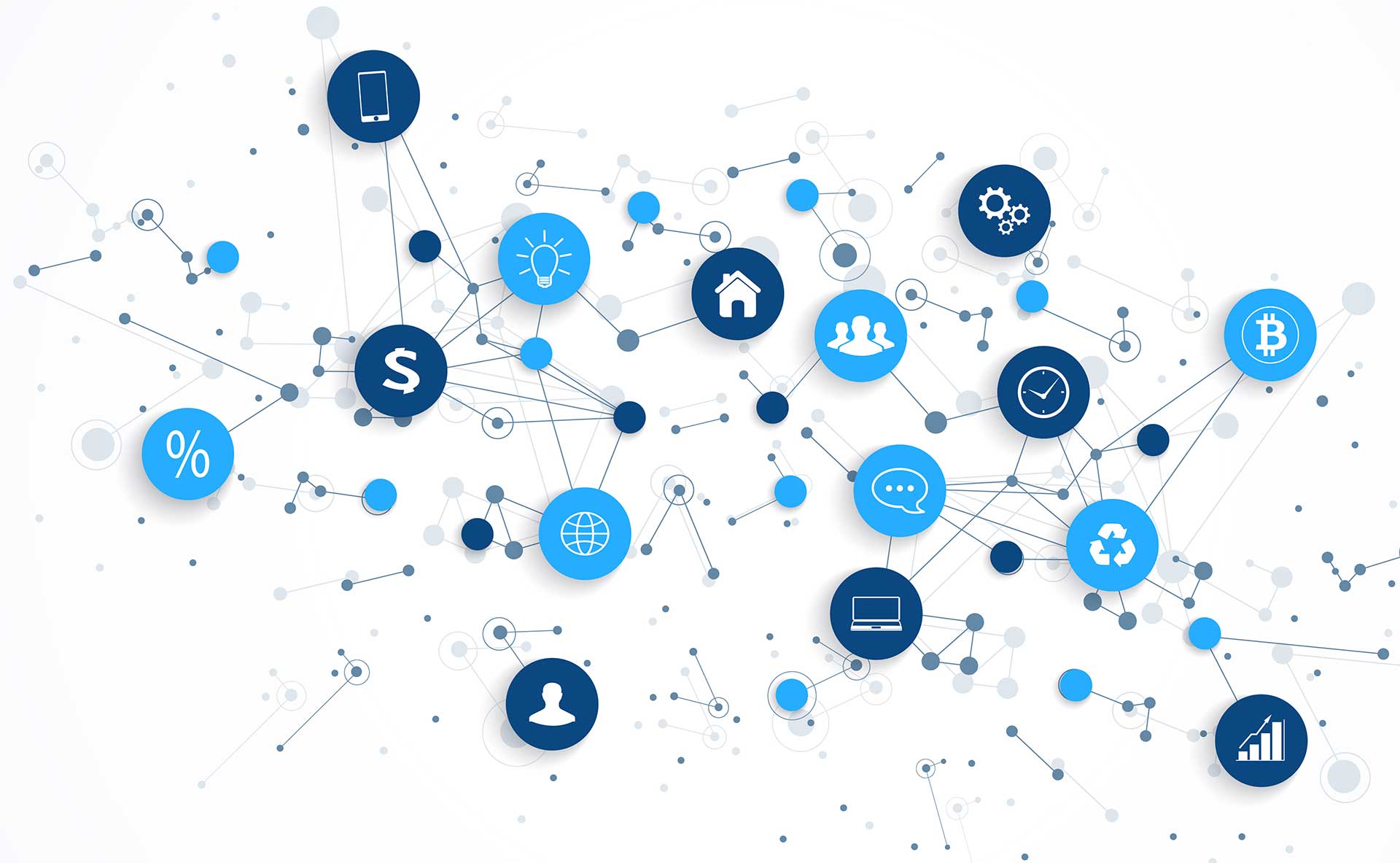31/12/2019
Data analytics and AI technologies: Tools for technical consultancy
Running an industrial manufacturing operation is a massive undertaking consisting of complicated and intertwined processes. Managing each area well is crucial in running a successful business. One of these processes is data collection and management, which is boosted by the application of artificial intelligence.
Process automation systems produce heaps of measurement data, and the means of tackling this flood of information is through data analysis. Modern data analysis tools make it fast and efficient to search for deviations and bottlenecks in processes. With the addition of artificial intelligence technology to process data utilisation, more efficient process control parameters can be found
Process know-how is still needed
Besides modern tools and comprehensive measurement data, another requirement for meaningful data analysis is expertise. This is where an engineer’s know-how comes in. In order to find, for example, ways to make production lines use energy more efficiently, an understanding of the inner workings of the underlying processes is needed. Therefore, it is usually bestowed upon an engineer to find the right control parameters and technical solutions to improve process efficiency.
Data utilisation can also be harnessed at the process operator level. This is achieved in the form of, for example, efficiency indices and the visualisation of process parameters which makes it easier to interpret the state of the process. The choice of which parameters and indices are monitored is also crucial and affects the way processes are operated.
The causality between adjusting process parameters and changes in efficiency/quality can be discovered with explanatory data analytics. Identifying these relationships helps in running a process close to its optimum in terms of efficiency, quality and costs. Usually, these dependencies can be found with traditional data analysis, but when no clear relationships are found or when the dependencies are multi-dimensional, the use of artificial intelligence can be considered.

Artificial intelligence – next step for process optimisation
Artificial intelligence can take data utilisation and its benefits to the next level. The use of AI to predict certain product quality features, for example, can generate remarkable efficiency and productivity improvements. The point is that product quality is quite often measured after it has been produced and possible deviation can be detected afterwards. If quality deviation occurs, production losses are incurred. This may be tackled by using AI to model the effect of the process parameters on the quality features. In the best-case scenario, the tools to avoid quality variations are in our hands.
Another area where artificial intelligence can be utilised is improving energy efficiency. For example, heat energy utilisation mostly depends on weather conditions. By analysing data from heat production and heat use and combining this with weather information, energy use can be predicted and preparations for forthcoming heat peaks can be processed accordingly. This may, for example, entail increasing the network temperature in advance or the heat content of separate thermal energy storage. On the other hand, consumption can be adjusted in consumption networks to optimise total consumption. This may avoid the use of fossil fuels in reserve boilers. A similar process can be utilised in the optimisation of electricity use in an electricity network, even though the means of optimisation may differ.
Digital twin for process/ equipment development
Process efficiency and product quality can also be improved by investing in new equipment. In order to find suitable technical solutions, deeper knowledge of each solution’s applicability is indispensable. Through data analysis, the viability of each solution can be assessed reliably and in detail. This provides engineers with more important data to design solutions that are more productive.
Once enough data is available to create a digital model / digital twin of a process or equipment, process optimisation, development work and test runs can be done digitally. This minimises the risks of development work.
Digital transformation taking place
The industrial sector is somehow facing digital transformation in every function, starting from raw material supply and logistics, customer management, financial management and production planning, up to execution and control. This may cause confusion and difficulties in selecting new digital solutions that are the most suitable. Reliable co-operation between service providers and users are vital here. New solutions must provide clear benefits for users and introduce new solutions. Training users is also very important in implementing new methods.
This article was first published in Elomatic’s Top Engineer magazine 2/2019

